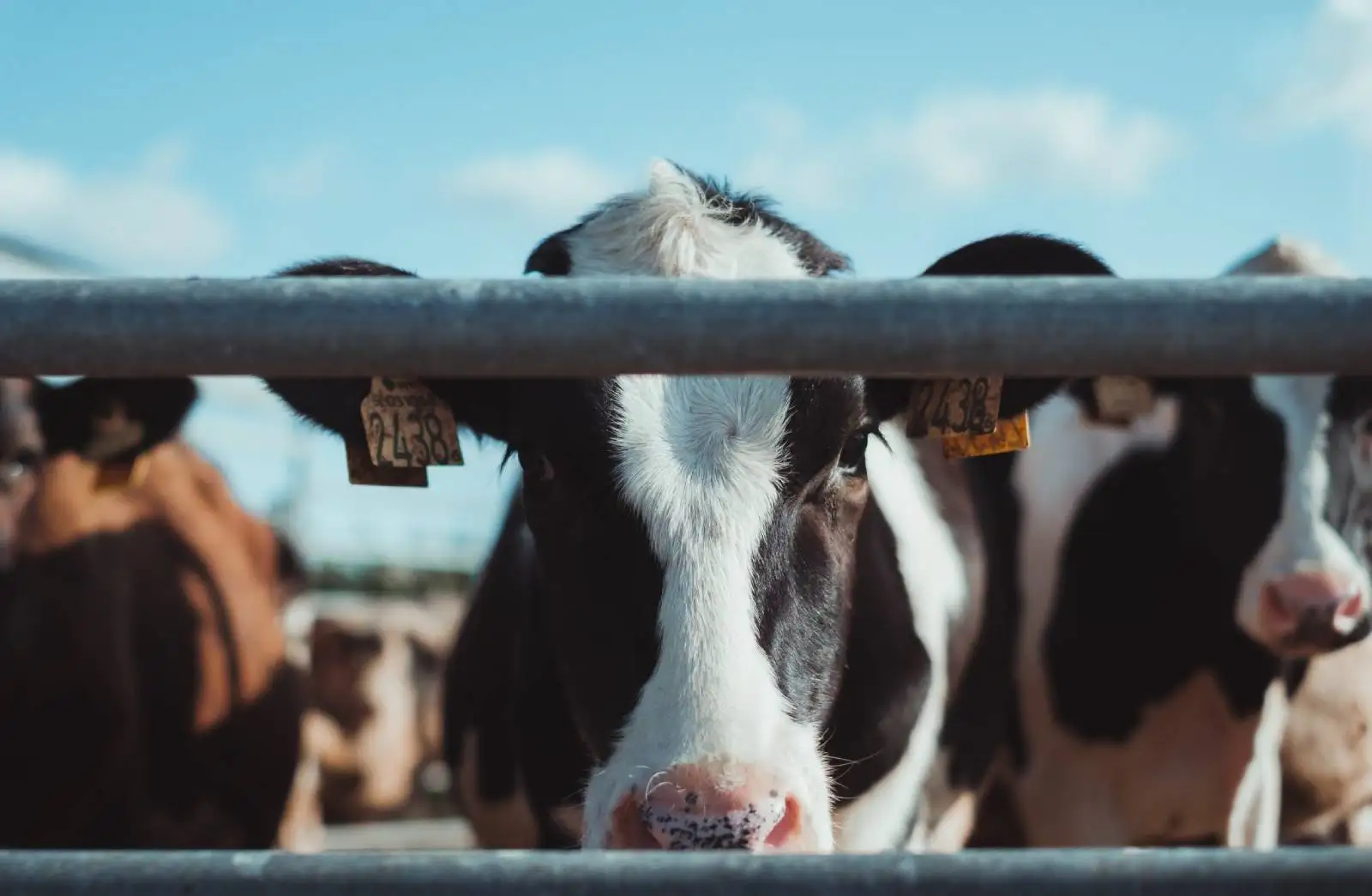Almost two-thirds of leading economists think that a global recession is likely in 2023, according to a World Economic Forum survey conducted in January. The world economy already slowed markedly last year, due to the combined impacts of war in Europe, the associated surge in inflation and the tightening monetary policy that followed – significantly denting consumer spending and investment. Economists fear this will continue through this year, with interest rates still having a long way to rise and China’s reopening to refuel commodity price pressures.
Recessions are generally bad for dairy sales. Unemployment rises, disposable incomes fall and consumers cut back on purchases where they can. In wealthier countries (like Australia, the US and EU) sales of products like fluid milk, cheese and associated food service products tend to be pretty resilient. The purchase of food tends to be a small share of people’s total budgets, dairy is seen as affordable and prioritised as a dietary staple above luxury foods or things like fashion and streaming subscriptions. What we see more of in dairy is trading down to cheaper options and more affordable channels. How that impacts you depends on your business: McDonalds was one of the winners of the Global Financial Crisis in 2008/09, with sales continuing to expand and new stores opening while higher-end food service players struggled.
But demand in emerging markets is more sensitive to economic conditions. We are all familiar with the rising middle class in Asia as a key driver of dairy market growth in the last decade. Slower economic growth (or contraction) slows the pace at which people are joining the ranks of those who can afford dairy in these countries or constrains their ability to buy more of it. And that is enough to materially impact global consumption.






